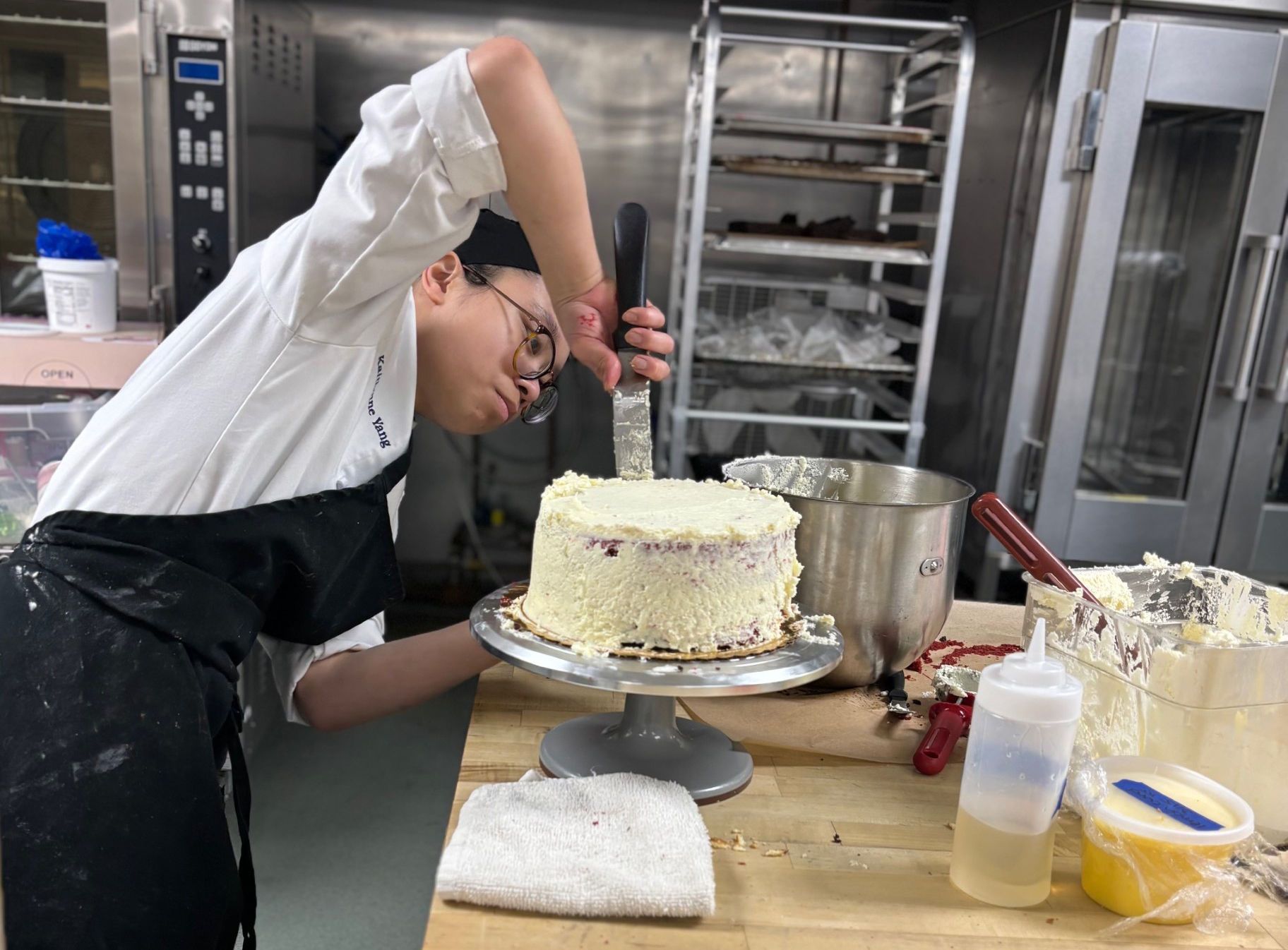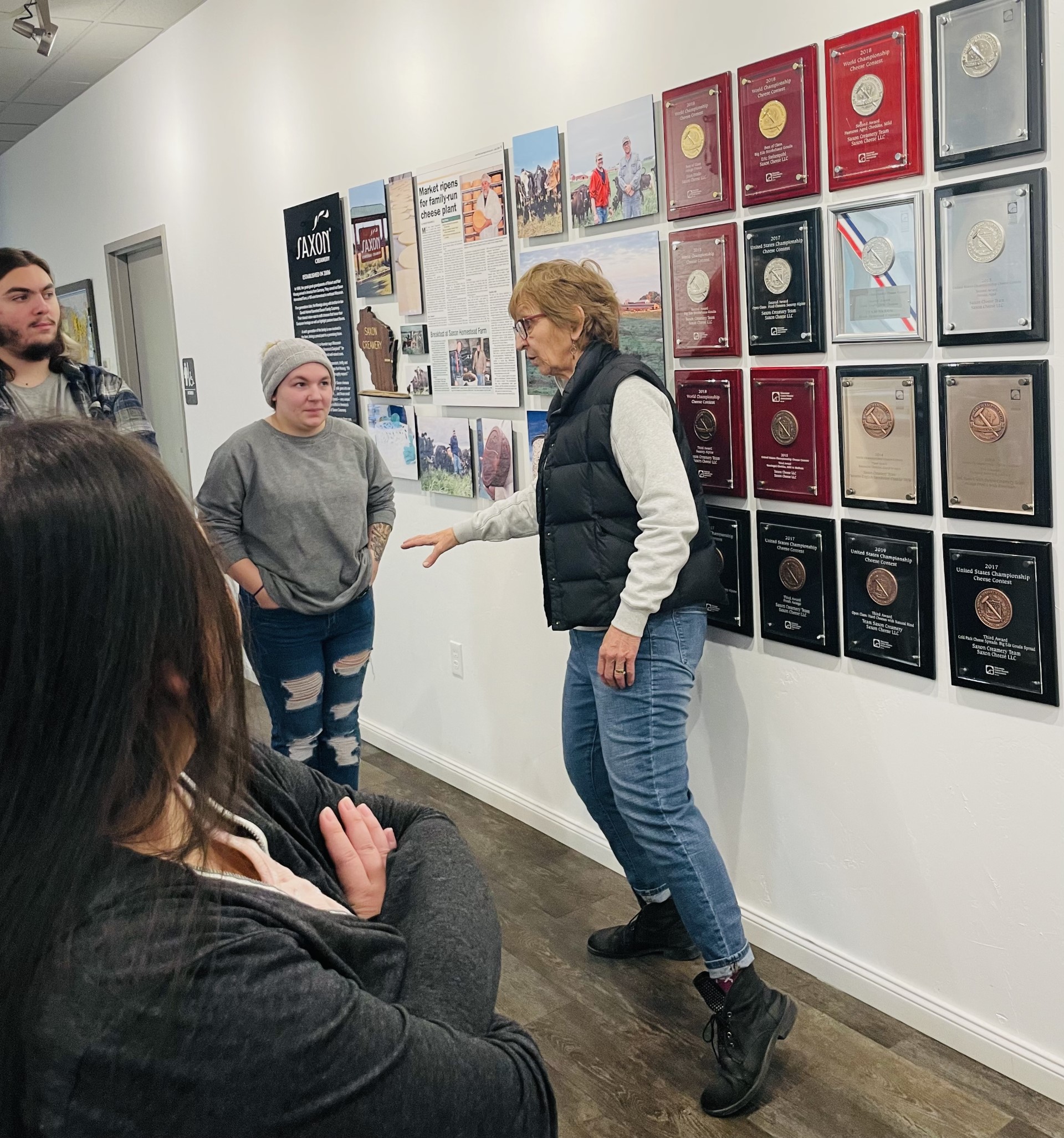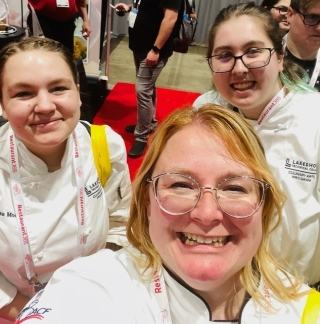
Culinary education does not happen in a vacuum. Our students may begin with knife skills, sanitation and foundational recipes, but their learning becomes most powerful when connected to real people and needs. A culinary program’s relationship with its community, is a critical part of preparing students for the realities of the industry and not just an added bonus. Over the past several years, I have seen firsthand how community partnerships can transform student learning while also meeting local needs in creative and meaningful ways.
Food has always been more than just sustenance. It brings people together, creates traditions and supports health and well-being. When students experience food in this broader sense, they see the importance of hospitality’s contributions to society. These experiences show them that culinary education is not confined to a lab or classroom. It extends outward to the places where food truly matters, on the tables of families and the celebrations of community.
For educators, community partnerships provide an added layer of relevance. They take theory and turn it into practice. They build connections that keep programs visible and valued in the eyes of the public. Most importantly, they give students a chance to practice their craft with an audience that cares.
Perhaps the most unique partnership we have developed is with Nourish, a teaching farm focused on sustainability. For anyone unfamiliar with the term, a teaching farm is an educational farm designed to demonstrate sustainable agriculture and connect primarily K-12 learners with food systems. By working with Nourish, our students see firsthand how produce is grown, harvested and utilized. Most importantly, it exposes groups to products they may have never seen, cooked or tasted in their life. My students learn about seasonality, menu planning around available produce, the importance of food waste reduction and techniques to accomplish it. This experience grounds their skills in the larger context of sustainability. It also sparks curiosity. Students ask questions about sourcing, pricing and what it means to design menus respecting both the farmer and environment.
One of our longest- running partnerships is with the local food banks. Each year, our students prepare pies for distribution at Thanksgiving. On the surface, it looks like a simple service project. In reality, it is a crash course in high-volume production, time management and efficiency. Students must scale recipes accurately, divide tasks among teams and pace-out production over many weeks in conjunction with our equipment and storage constraints. They also get to feel the impact of their work when they realize that a pie they made will be part of someone’s holiday celebration.
Another memorable experience has been supporting a children’s museum fundraiser. The event is one of the largest in our area and provides students with a chance to work in a high-profile environment. They plan and prepare food, practice event-style service, and interact with guests who are excited to support the non-profit and speak to our students. For students, this is both exhilarating and nerve-wracking. They learn how to balance quality with speed, how to communicate in the moment, and how to present themselves as professionals.
Another important category of partnerships involves collaboration with local culinary businesses and foodservice establishments. These relationships help students bridge the gap between academic learning and professional practice.
At the Kohler Resort, a big local supporter of our program and employer, our students have the chance to see culinary excellence on a large scale. Exposure to a world-class property allows them to observe high standards of service, menu execution and kitchen operations that go beyond what we can replicate in a classroom. Many students find this experience motivating, giving them a vision of what is possible in their future careers.
Our partnership with Pine Haven, a local nursing home and senior community, demonstrates the diverse applications of culinary skills. Students work alongside staff to prepare meals tailored to older adults, often adjusting recipes for nutrition, texture and special dietary needs. It broadens their understanding of the role food plays in health and care and opens their eyes to potential career pathways in healthcare dining.
Finally, our relationship with Miesfeld’s Meat Market provides valuable exposure to USDA-regulated meat processing. Students learn about butchery, food safety and large-scale meat production in a hands-on environment. This experience connects classroom lessons in sanitation and meat fabrication to the realities of industry standards, while also highlighting the importance of compliance and precision in food safety.
These professional partnerships ensure our students are not only serving the community but also gaining insider perspectives on the many career paths available in foodservice. They help students see the breadth of the industry and they leave with a deeper appreciation of the variety of opportunities available to them.
For those considering building or expanding community partnerships, it helps to start small. One event or one collaboration can set the stage for a long-term relationship. Approach potential partners with a clear idea of mutual benefit. Students gain experience and practice, while partners gain visibility, service or food support. The partnership should always feel balanced and respectful.
Be realistic about the time required. Partnerships take effort to plan, organize and follow through on. Consider whether you can integrate them into the existing curriculum so they enhance rather than add to your workload.
Sustainability is another key factor. Partnerships should be structured so they can continue year after year, even if staffing changes or student rosters shift. Document the process, keep lines of communication open, and look for ways to refresh the experience so it remains exciting for yourself, the partner and the students.
The benefits for students are difficult to measure but easy to see. Their confidence grows when they face real deadlines and real guests. Their technical skills sharpen and they develop soft skills that employers consistently emphasize.
Community partnerships elevate the value of culinary education and prepare students for careers that are as much about people as they are about food. It is about connecting future culinarians to the world they will one day feed.
